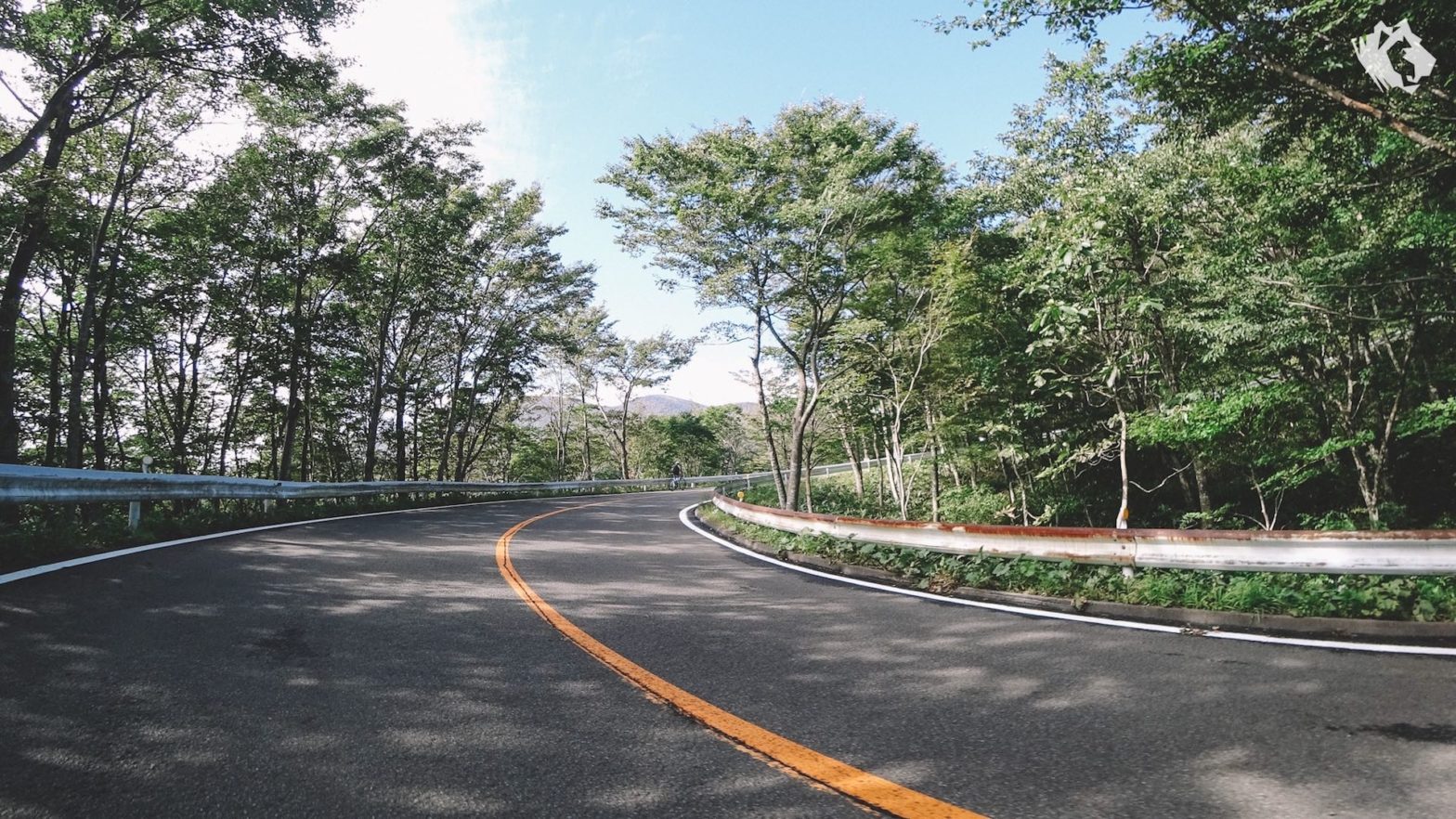(English transcription below)
Zao Echo Line เป็นชื่อของทางหลวงหมายเลข 12 ในประเทศญี่ปุ่นเฉพาะส่วนที่ขึ้นและลงภูเขาไฟซาโอซึ่งเป็นเส้นแบ่งตามธรรมชาติระหว่างจังหวัดมิยากิและจังหวัดยามากาตะ นั่นหมายความว่าถนนเส้นนี้พาข้ามช่องเขา และเราสามารถขึ้นเขานี้ได้จากทั้งฝั่งมิยากิและฝั่งยามากาตะ ส่วนในบทความนี้จะกล่าวถึงทางขึ้นฝั่งมิยากิซึ่งเป็นที่นิยมมากกว่าในหมู่คนปั่นจักรยาน
เนื่องจากจังหวัดมิยากิและจังหวัดยามากาตะมีถนนเชื่อมถึงกันทั้งทางหลวงปรกติและทางด่วนยามากาตะอยู่แล้ว Zao Echo Line จึงเป็นถนนที่ใช้เพื่อการท่องเที่ยวโดยเฉพาะ ถนนเส้นนี้ยาว 26 กม. และเชื่อมแหล่งออนเซ็นที่มีชื่อเสียงตรงตีนเขาทั้งสองฝั่งเข้าด้วยกัน คือซาโอออนเซ็นในฝั่งยามากาตะ และโทกัตตะออนเซ็นในฝั่งมิยากิ ในแง่ของออนเซ็นแล้วฝั่งยามากาตะจะเก่าแก่กว่า และคนไปเที่ยวเยอะกว่า ส่วนตรงกลางที่เป็นช่องเขานั้นมีสกีรีสอร์ทหลายแห่งซึ่งเป็นที่นิยมของทั้งนักท่องเที่ยวญี่ปุ่นและต่างชาติในช่วงหน้าหนาว และตรงจุดสูงสุดของถนนจะมีไฮไลท์ของถนนเส้นนี้ คือปากปล่องภูเขาไฟซึ่งกลายเป็น “ทะเลสาบห้าสี” เนื่องจากแร่ธาตุที่หลากหลายในน้ำทำให้ทะเลสาบเปลี่ยนสีไปตามสภาพแสงในเวลานั้น ๆ ท้ายที่สุดนี้ Zao Echo Line ยังเป็นเส้นทางชมใบไม้เปลี่ยนสีที่มีชื่อเสียงอีกด้วย
สรุปคือถนนเส้นเดียว ใช้ได้ทั้งปั่นจักรยาน ดูใบไม้แดง ชมปล่องภูเขาไฟ แช่ออนเซ็น เล่นสกี และเดินเขา (ตรงด้านบน พอสุดถนนลาดยางแล้วสามารถเดินเทรคกิ้งต่อขึ้นไปจนยอดเขาได้)
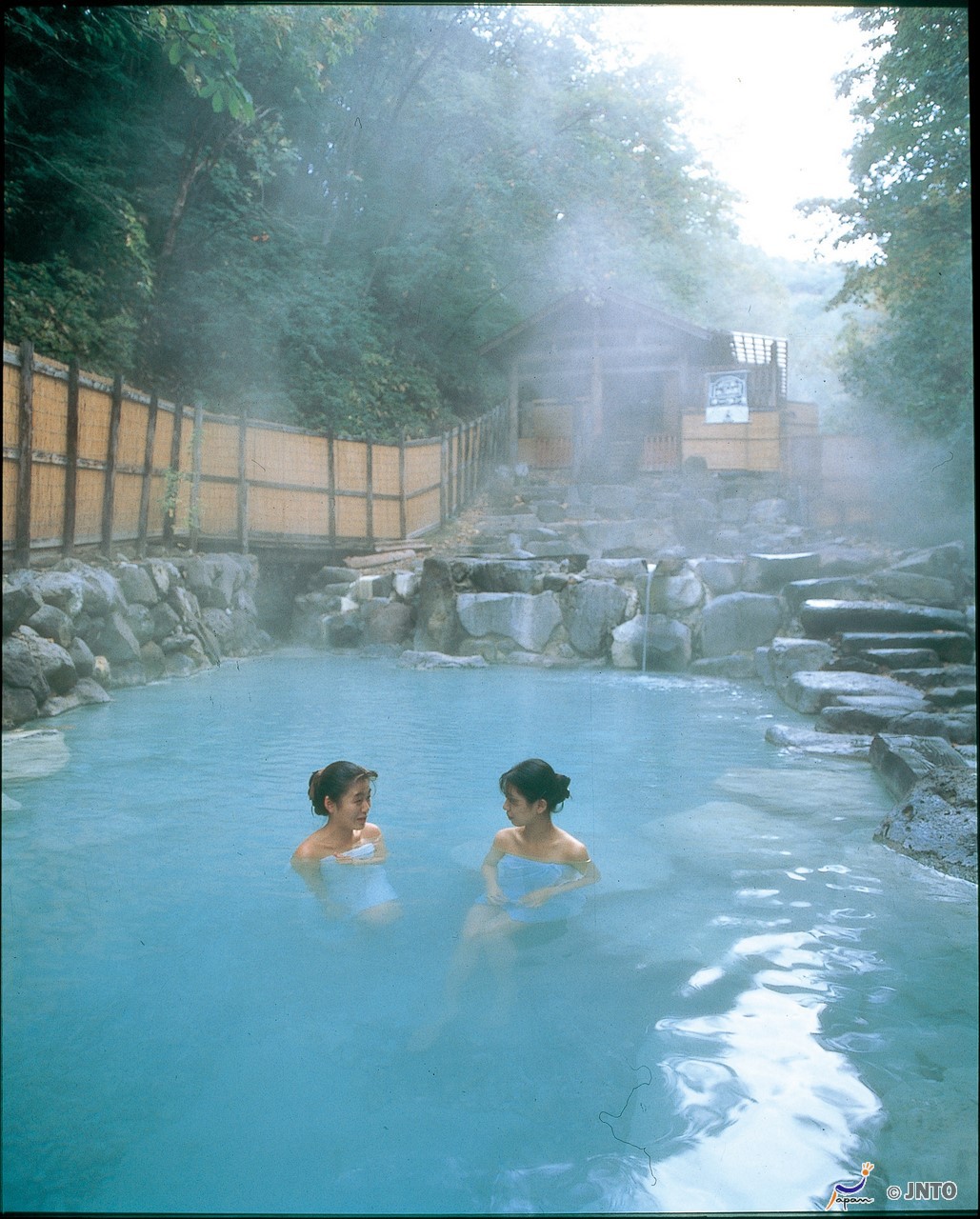
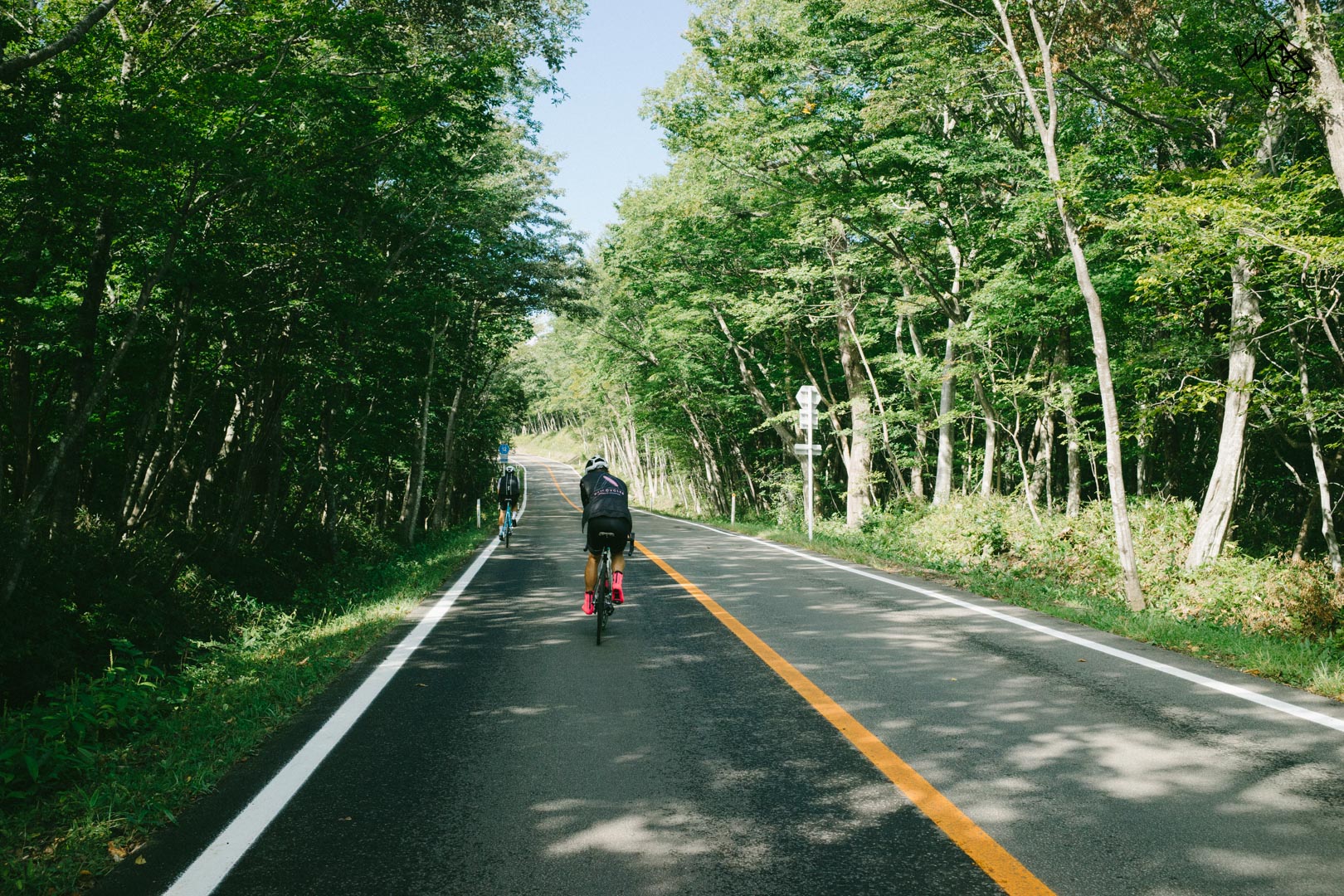
กลับมาที่การปั่นจักรยาน จุดเริ่มต้นที่ง่ายที่สุดคือสถานีรถไฟ JR Shiroishi-Zao ซึ่งมีรถไฟชินคังเซนจอดทำให้เดินทางมาจากที่อื่นอย่างโตเกียวได้สะดวก หรือถ้ามาจากตัวเมืองเซ็นไดก็มีสถานี JR Shiroishi ซึ่งเป็นรถไฟภูมิภาคและอยู่ใกล้สถานีชินคังเซนข้างต้นนิดเดียว แต่ไม่ว่าจะลงสถานีใด เมื่อออกจากสถานีแล้วจะอยู่ที่เมืองเล็ก ๆ ชื่อชิโระอิชิ จากในเมืองนี้จะสามารถปั่นไปจุดเริ่มต้นของ Zao Echo Line ได้สองทาง คือใช้ทางหลวงหมายเลข 457 หรือหมายเลข 12 ซึ่งถนนเส้นหลังง่ายกว่า มี elevation gain ประมาณ 350 เมตร เป็นทางซึม ๆ 1-3% ตลอดเส้น ในขณะที่เส้นแรกประมาณ 550 เมตรและโรลลิ่งกว่ามาก โดยทั้งสองเส้นระยะทางเท่ากันที่ 22 กม.
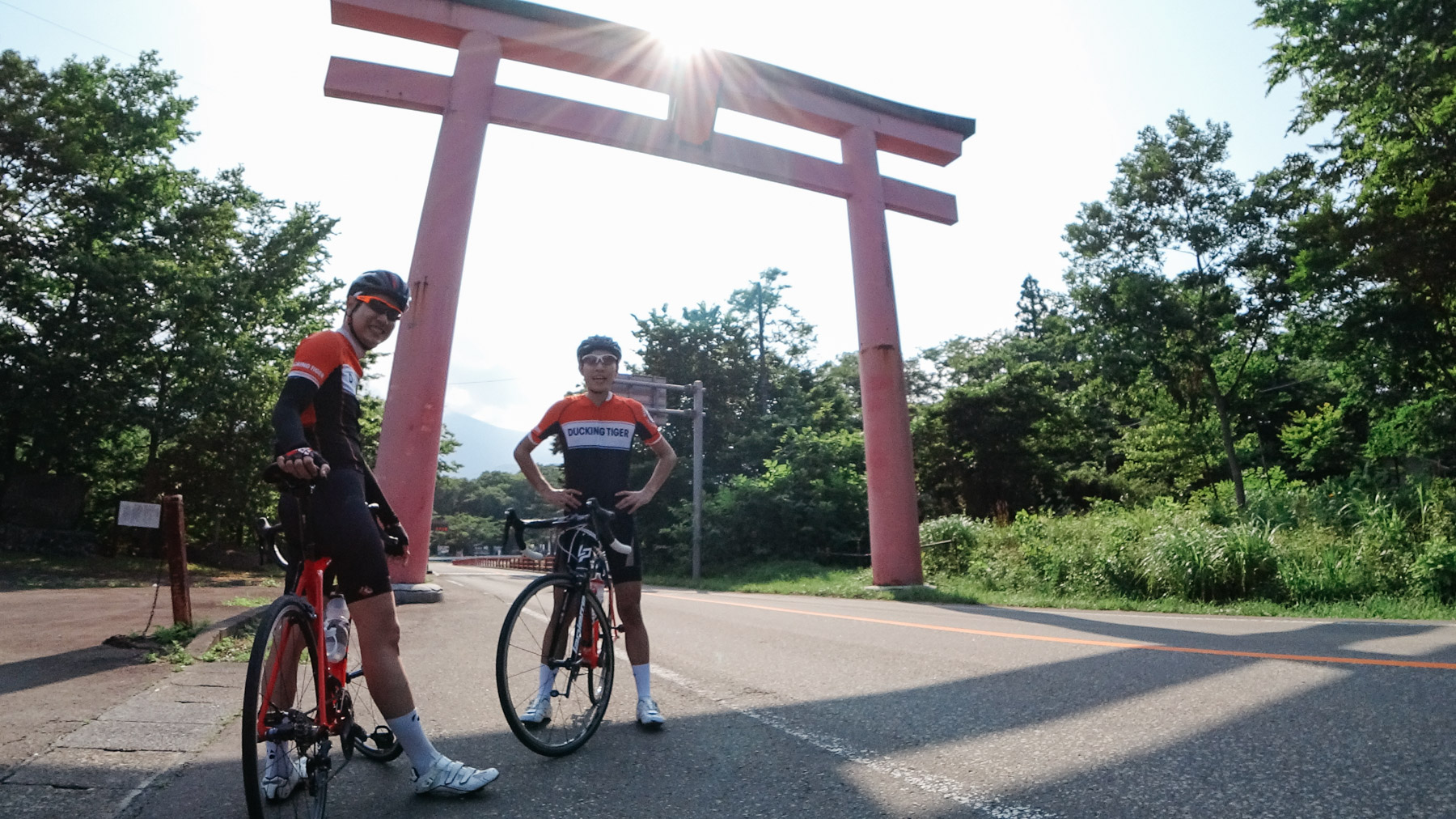
ถนน Zao Echo Line เริ่มต้นจากความสูง 384 เมตรเหนือระดับน้ำทะเล และจะพาเราไปถึง 1,556 เมตรที่จุดสูงสุด (elevation gain = 1,172 เมตร) ระยะทาง 16.2 กม. ด้วยความชันเฉลี่ย 7.2% แต่ในช่วง 5 กม.แรกจะชันกว่าส่วนที่เหลือ มีช่วงชัน 9-10% มาทีละ 0.5-1 กม.คอยตอดให้ตึงขาอยู่ตลอดเวลา วิวข้างทางร่มรื่นด้วยไม้ยืนต้นที่ปกคลุมเข้ามาจากสองข้างทางตลอด ปั่นกลางวันแสก ๆ ก็ไม่ร้อนมาก อีกทั้งผิวถนนก็เรียบไม่มีหลุมบ่อเลย สมเป็นเส้นท่องเที่ยวจริง ๆ
หลังปั่นทางค่อนข้างตรงยาว ๆ ถึงกิโลเมตรที่ 4 จะเจอโค้งพับไปมาเพื่อลดความชันเป็นครั้งแรก แต่ละโค้งรัศมีกว้าง และเทรับโค้งที่ส่วนนอกไว้ยอดเยี่ยม ตอนขาลง ถ้าลงทางเดิมและดูแล้วว่าไม่มีรถนี่ใส่ได้เต็มที่สำหรับขาดิ่ง เมื่อพ้นโค้งเหล่านี้มาจะพบกับจุดชมวิวที่หนึ่ง ซึ่งเป็นทางเล็ก ๆ แยกออกไปทางซ้าย พร้อมทิวทัศน์ที่เริ่มเปิดโล่ง มองไปรอบตัวได้สุดลูกหูลูกตา 360 องศาคล้ายอยู่บนสันเขา หากมองไปทางซ้ายจะเห็นน้ำตกซังไคซึ่งสูง 181 เมตรด้วย ถึงจุดนี้หลายคนก็มักจะจอดดูวิวก่อนจะปั่นต่อ
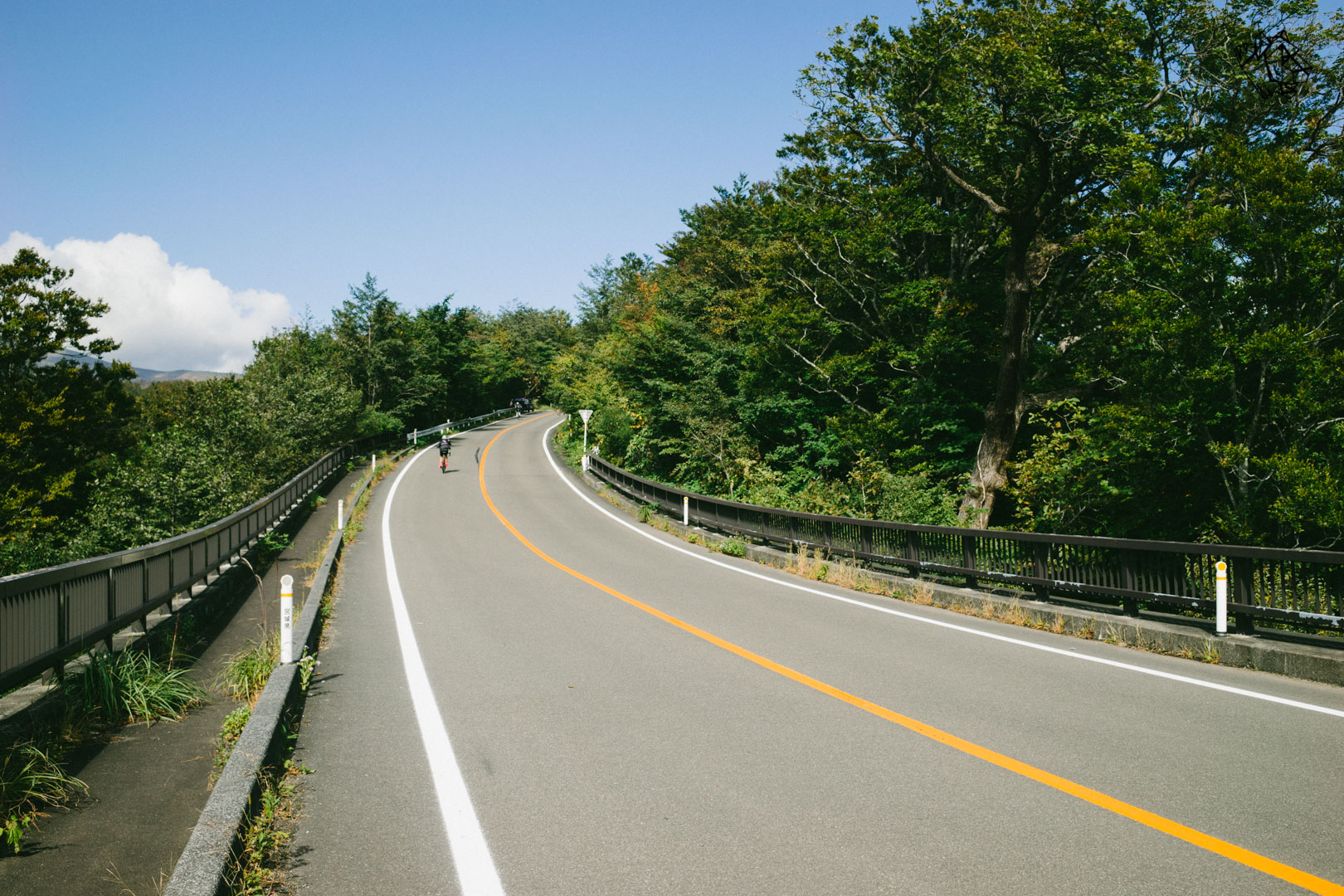
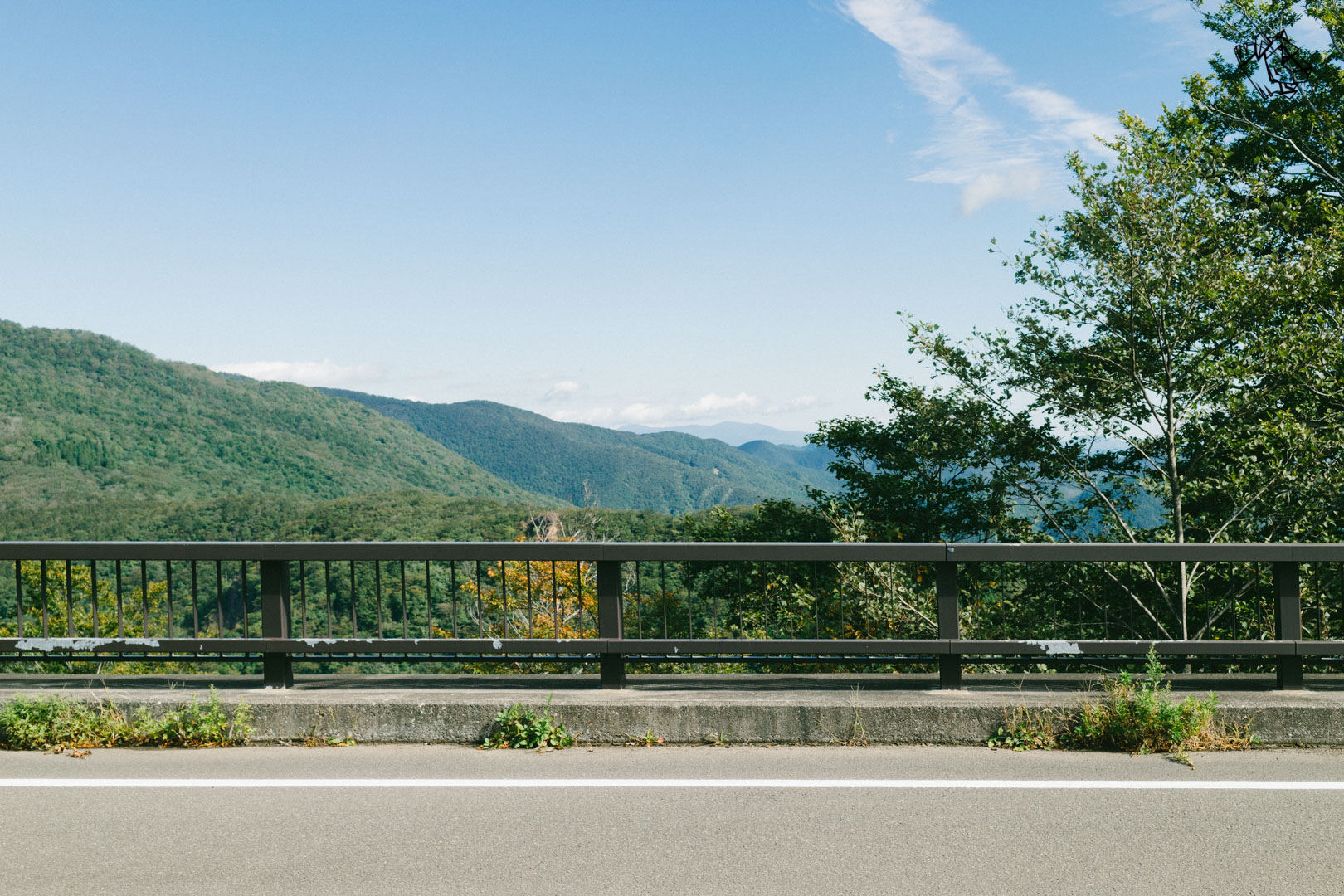
หลังพ้นจุดชมวิวน้ำตกซังไคที่กิโลเมตรที่ 5 ไป ต้นไม้ก็เริ่มโล่งขึ้น ภาพป่าเขียว ๆ รายล้อมเริ่มเปลี่ยนเป็นวิวเทือกเขาโดยรอบอยู่ลิบ ๆ ตา ความชันเริ่มคงที่ที่ 7% นิ่ง ๆ ไปตลอดทาง ไม่มีจุดให้ฟรีขา แต่ก็ไม่มีจุดที่ต้องโยกขึ้นทาง 10%++ เหมือนกัน เมื่อตั้งเทมโปไว้แล้วก็คงเพซนั้นไปเรื่อย ๆ ส่วนถนนก็ยังคงเต็มไปด้วยโค้งกว้าง ๆ ที่ตัดพับไปมาเพื่อลดความชันตลอดทาง เห็นแล้วก็อดชื่นชมวิศวกรที่ทำทางไม่ได้ และยิ่งทึ่งกว่าเดิมเมื่อรู้ว่าถนนนี้เปิดให้ใช้งานมาตั้งแต่ปีค.ศ. 1962 คือดีมาตั้งแต่ครึ่งศตวรรตที่แล้ว
เมื่อมาถึงกิโลเมตรที่ 12 ถนนเริ่มเปิดโล่งจริง ๆ แล้ว ข้างทางแทบไม่มีต้นไม้ พ้นรั้วกั้นไปก็เส้นขอบฟ้าเลย ถึงตรงนี้ลมอาจแรงได้ถึง 40 กม./ชม.ในบางวัน โดยเฉพาะอย่างยิ่งในช่วงใกล้หน้าหนาว ถ้าเอาล้อขอบสูงมาก็อาจอันตรายได้ วิวข้างทางทั้งเวิ้งว้างและกว้างไกล ส่วนความรู้สึกปวดร้อนอยู่ในขานั้นถูกบรรเทาด้วยความตะลึงในความยิ่งใหญ่และสวยงามของธรรมชาติ
สุดท้ายเมื่อมาถึงจุดสูงสุดที่กิโลเมตรที่ 16 จะพบทางแยกออกขวาเพื่อขึ้นไปชมทะเลสาบห้าสีที่ปากปล่องภูเขาไฟ เป็นถนนชื่อ Zao High Line ยาวประมาณ 2 กม. จากตรงนี้ไปจักรยานขึ้นไม่ได้ คนเดินขึ้นก็ไม่ได้ เพราะว่าเป็นด่านเก็บเงิน (รถยนต์ส่วนตัว 540 เยน) เดาว่าคงเพื่อนำเงินไปบำรุงจุดพักนักท่องเที่ยวที่ด้านบนนั่นเอง ถ้าต้องการไปชมปากปล่องต้องเปลี่ยนไปขึ้นรถยนต์ (ที่สามารถเช่ามาอีกทีได้) โดยลานจอดรถที่ใกล้ด่านเก็บเงินที่สุดจะอยู่ก่อนถึงด่าน 2 กม. หรือกิโลเมตรที่ 14 นับจากโทริอิที่เป็นจุดเริ่มต้น
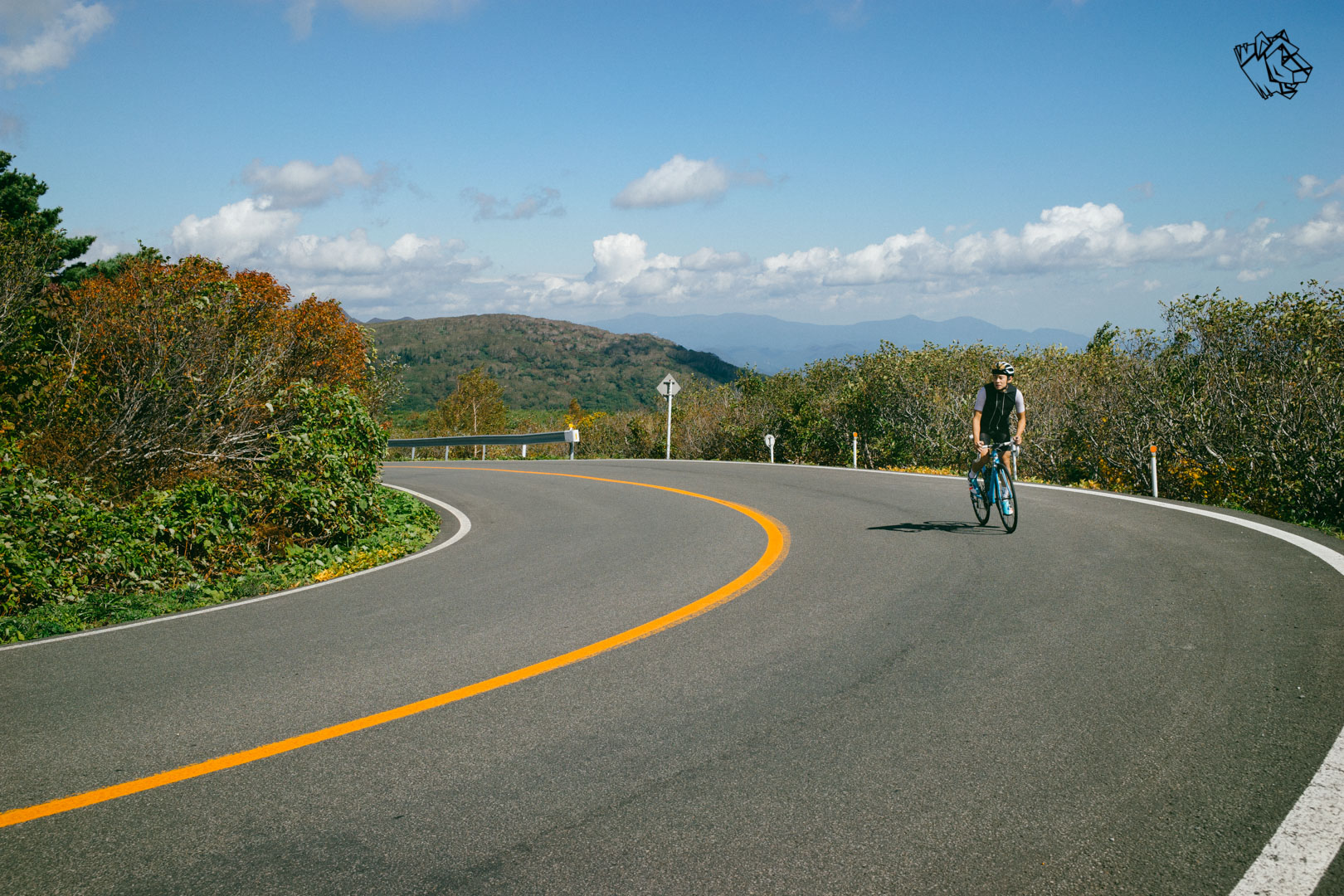
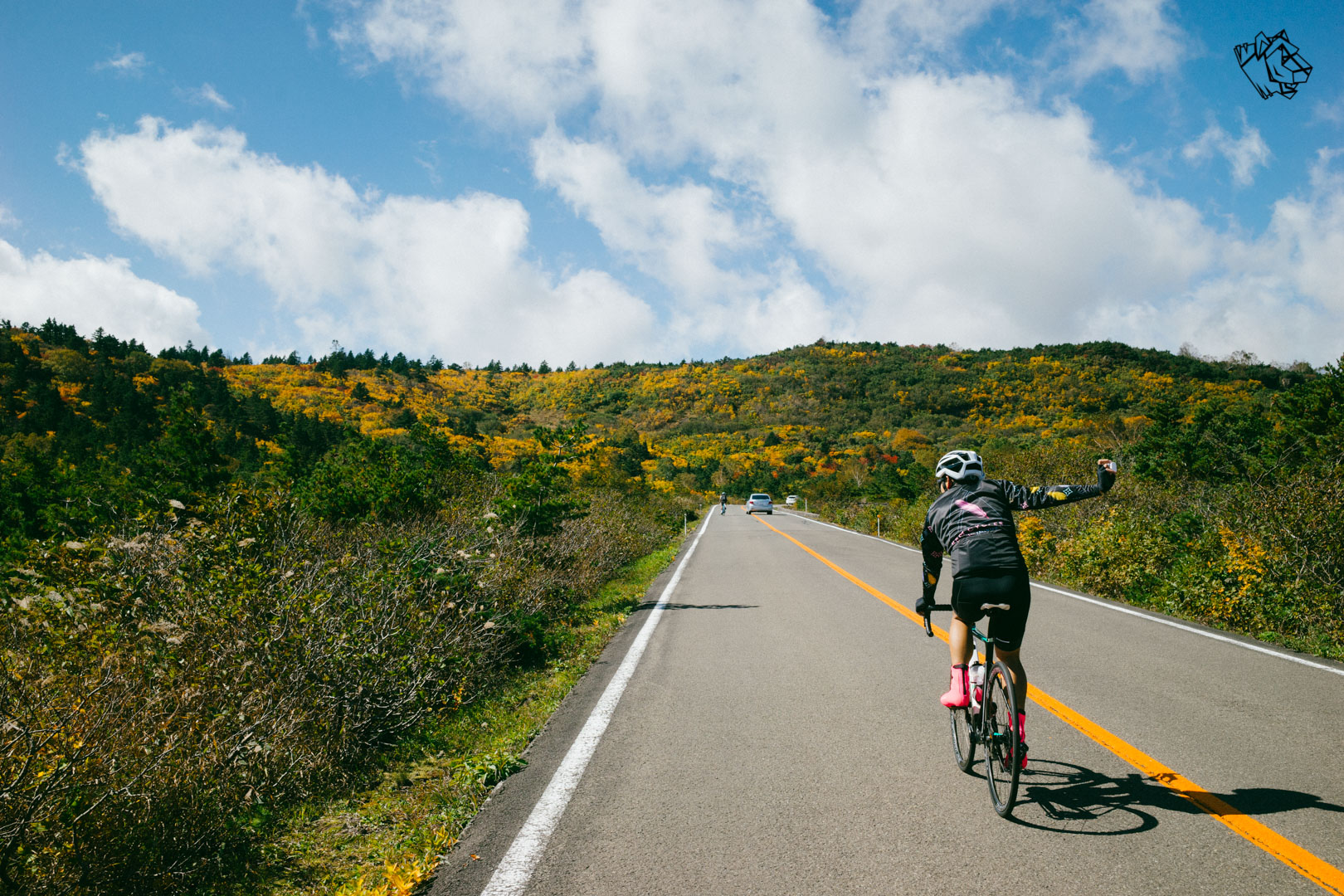
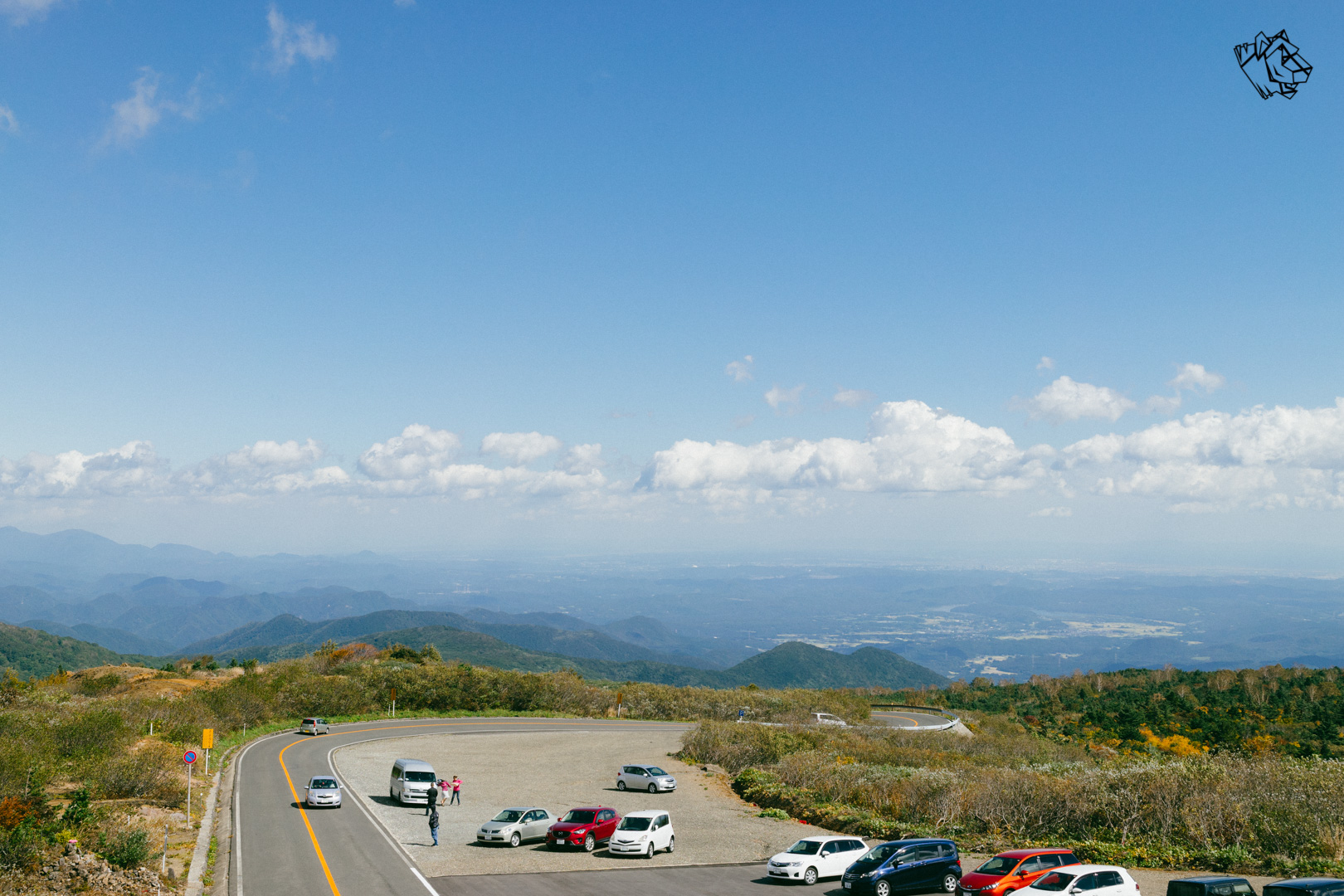
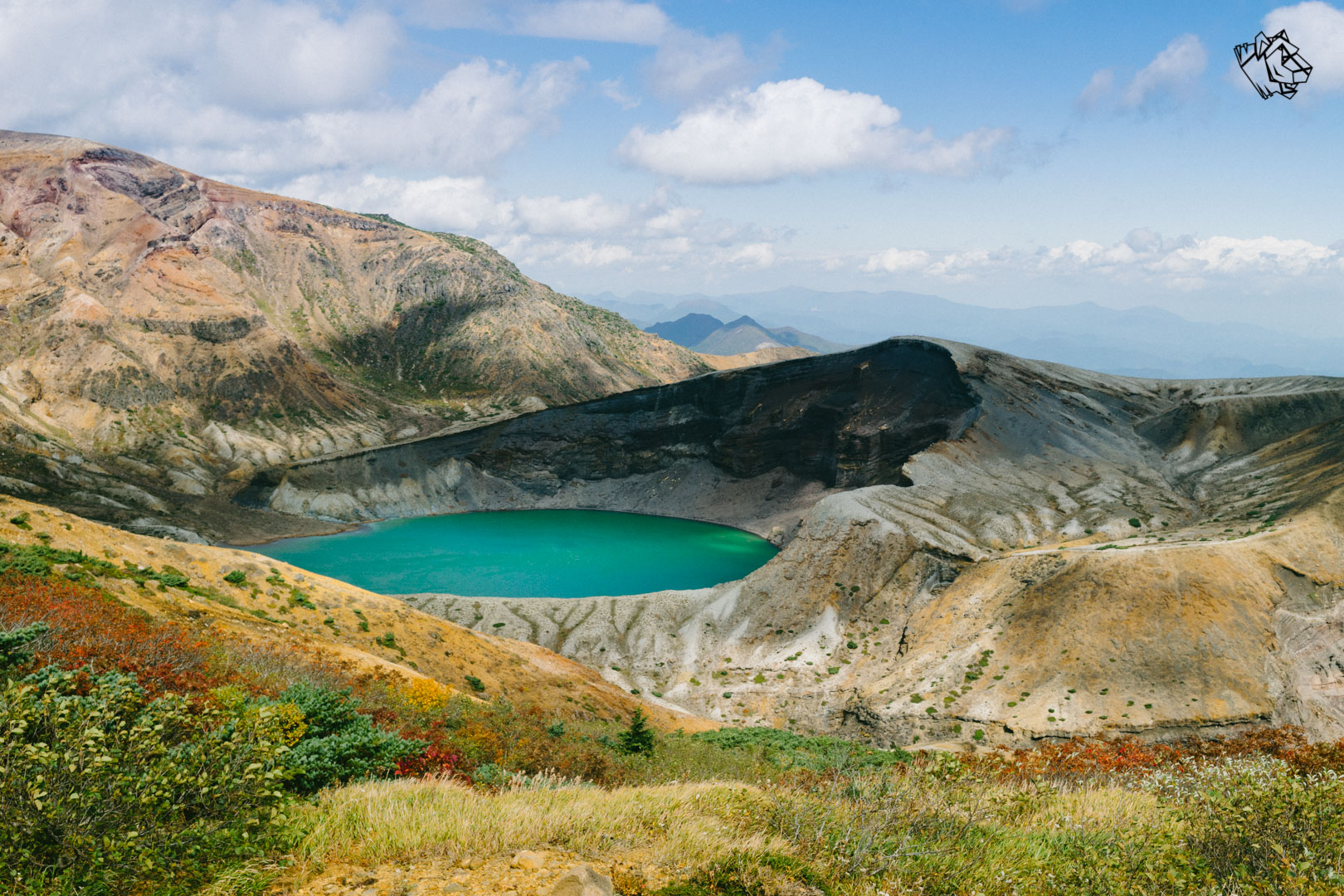
อย่างไรก็ดี ทุก ๆ ปลายเดือนพฤษภาคม จะมีอีเวนต์ปั่นขึ้นเขาลูกนี้จนถึงยอดเขาจริง ๆ ซึ่งเป็นวันเดียวของปีที่จักรยานจะผ่านด่านเก็บเงินแล้วใช้ถนน Zao High Line ได้ ทำให้ระยะทางรวมกลายเป็น 18.7 กม. และ elevation gain เป็น 1,334 เมตร บรรยากาศงานก็จะเป็นคนละแบบกัน เพราะทางการจะไถหิมะออกจากถนน ให้เราปั่นไประหว่างกำแพงหิมะสูงร่วมสิบเมตรได้เลย
ไม่ว่าจะเลือกขึ้นไปยังปากปล่องหรือไม่ ขาลงเราสามารถเลือกลงได้สองทาง คือปั่นต่อไปข้างหน้า ก็จะลงไปจังหวัดยามากาตะ ไปแช่ออนเซ็นได้ หรือจะลงทางเดิมก็ได้ ก็ไปแช่ออนเซ็นได้เหมือนกัน.
ขอขอบคุณองค์การส่งเสริมการท่องเที่ยวขาเข้าจังหวัดมิยากิที่คอยดูแลทีม DT สารพัดเรื่องตั้งแต่ที่พัก ที่กิน ไปจนขับรถเซอร์วิสตามตลอดการเดินทางทั้งสองครั้งครับ
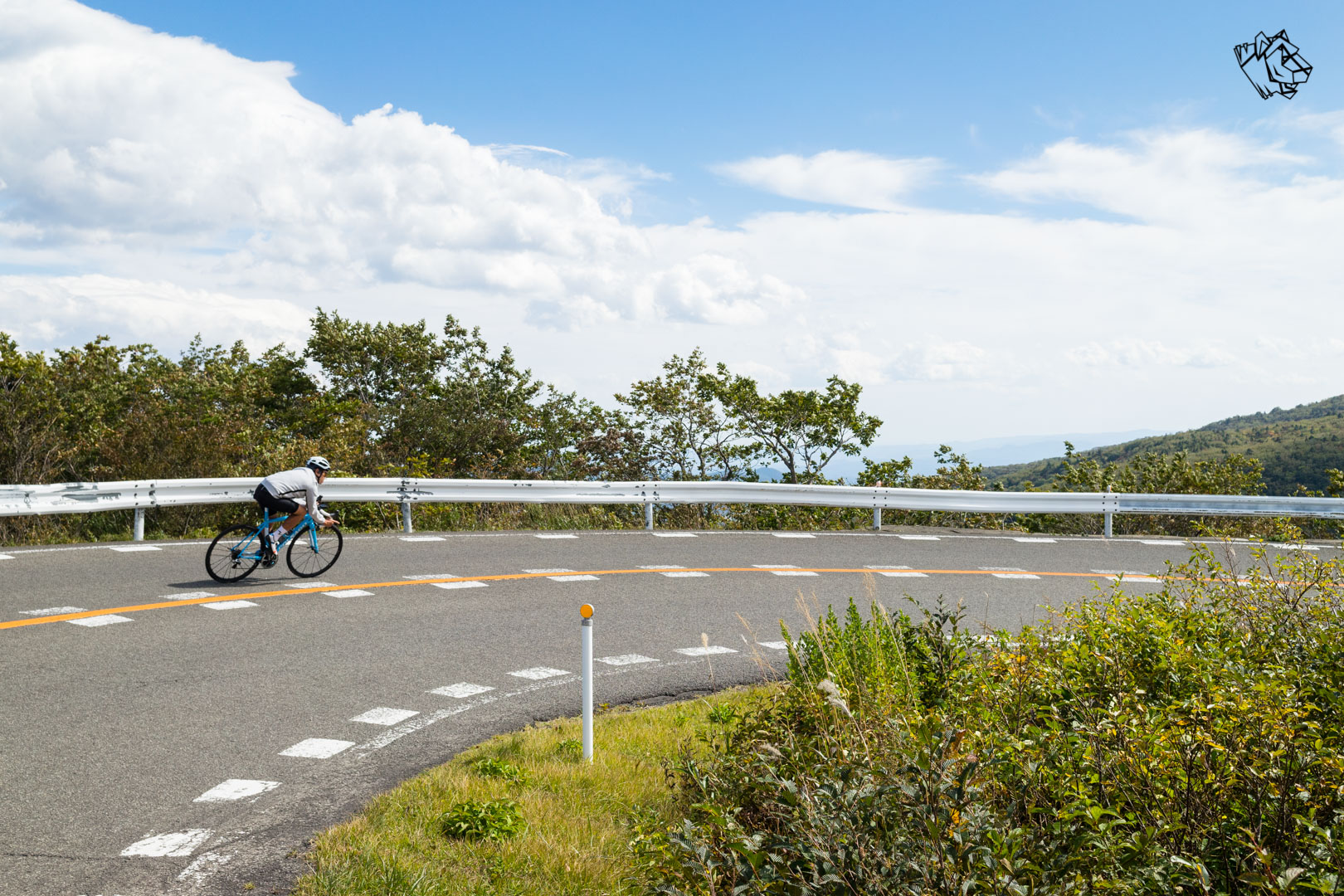
Cycling in Japan is a revelation. Really. The roads are almost always pothole-free, the scenery is poster-perfect, motorists are generally courteous towards cyclists, and Japanese hospitality is just otherworldly. Case in point, All Nippon Airways is one of the only nine airlines to score a 5-star rating from Skytrax, and customer service undoubtedly helps them achieve such a high regard. So often mentioned in glowing reviews by travellers are words like friendly, helpful, and generous.
Zao Echo Line is a mountain pass that connects Miyagi Prefecture in the east to Yamagata Prefecture in the west. Actually it’s the segment of National Route 12 that goes over Mt. Zao, one of the highest peaks in Japan’s Northeastern region. As such it can be climbed from either side, however this article will cover the ascent from the eastern side, which is more popular amongst cyclists.
With Tohoku Expressway and Yamagata Expressway already serving the ‘regular’ link between Yamagata and Miyagi, as well as several other highways, the main purpose of Zao Echo Line is for tourism and leisure. At both ends lie historic spa towns called Zao Onsen for Yamagata side and Togatta Onsen for Miyagi side. Between the two, Zao Onsen is more touristy. Its most famous onsen, Zao Dai-Rotemburo, is said to be as old as AD 110. This is located at the foot of Mt. Zao on Yamagata side.


The highlight, however, is at the highest point of the road where it takes you to the crater of this active volcano. Its latest eruption was in 1940 but now the crater has turned into a ‘five-coloured lake’ (Goshiki-numa) because its mineral-rich water will reflect different colours depending on light condition. It’s also known as Okama (‘the cauldron’) because of its circular shape.
Come winter and all ski resorts dotting both sides of the mountain spring into life. Although Zao Echo Line itself will be closed during that time since snow can pile over 10 metres high.
To recap, people can visit Zao Echo Line for a combination of onsen, skiing, the crater, autumn leaves, hiking, and of course cycling, depending on the time of visit and activity of interest.
Back to cycling then. The best starting point is in a small town called Shiroishi. It’s both served by Tohoku Shinkansen Line (high speed trains) and Tohoku Main Line (regional trains) at Shiroishi-Zao JR Station and Shiroishi JR Station, respectively. Therefore arriving from Tokyo or Sendai is both possible. Just make sure your bike complies with the regulation for carrying bikes onboard the trains: it needs to be enclosed in a bag, even a foldable nylon bag will do. These two stations are very close to each other so pick whichever fits your itinerary.

Zao Echo Line is 26km in total, but the ascent from Miyagi side (eastern side) will be 16.2km long with 1,172 metres of elevation gain at 7.2% average grade. The first 5km though is more of 9-10% before it eases into 7% for the remaining part of the climb. This is a climb that calls for a steady pace without any sections requiring explosive efforts. Once you’ve settled into your rhythm, you can stick to it and enjoy the view.


Continuing past that point and the trees start to thin down. Less trees mean less shelter and riders with deep section wheels might be caught by surprise. A few more series of switchbacks in quick succession will tame the gradients, showcasing Japanese engineering prowess. Even more so considering it has been open to the public since 1962. The gradient from here on remains very steady at 7% without any double-digit pitches. Respect.
At kilometre 12 onwards the trees will no longer help. Look across the knee-high road barriers and it’s the horizon. The view beyond this point is breathtaking. Legs are burning but the fulfilment of conquering such a picturesque climb will ease the sting. If you’re traveling during autumn months, please beware of strong winds that can get as furious as 40km/hr on some days. Maybe not that Ventoux-furious, but still something to be aware of.
The road tops at kilometre 16, at which point there is a fork to your right that winds up another 2km to the crater. Unfortunately this particular road is tolled and bicycles are not allowed. Therefore you can ride past this junction or turn around and start the descent in either direction. However if you wish to visit Okama (which you should), you can switch the bike for a car at the car park 2 kilometre before this fork (kilometre 14 if we go by the numbering we’ve been referring to in this post). This needs to be planned in advance because you need someone to rent a car from any of the towns below and drive that rented car up there for you. Perhaps this is the time to be extra nice to your significant other.
(In all fairness though, you could also rent a car, load the bike inside the trunk, drive up to the car park, start by descending, climb back up, and finish it off by driving to the crater.)




Noteworthy point to mention is that there’s a hill climb event organised every late May. It’s been held for 6 years in a row now. This is the only day in a year that bicycles can go past the toll gate all the way to the visitor centre at the very top. This extends the route to 18.7km with 1,334 metres of vertical gain. The sight is particularly attractive because by that time, snow will be ploughed away and participants will ride in between huge snow walls. Just be sure to take winter cycling kits with you. Registration usually begins well ahead of the event itself, in February.
Regardless of whether you visit Okama or not, you can continue onwards and descend into Yamagata and relax in any of the historic onsens, or you could descend back the same road to, again, relax in an onsen. Quick reminder: this road connects two spa towns. Life hardly get better than an onsen after a hard ride.
Acknowledgment: We thank Miyagi Inbound DMO for their heartfelt support in countless ways during our stay, including but not limited to accommodations, recommendations, reservations, escorting, driving service car, and numerous others.

